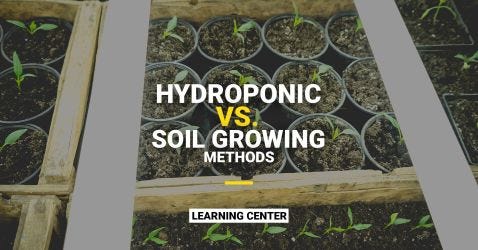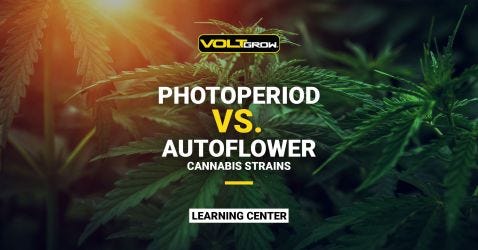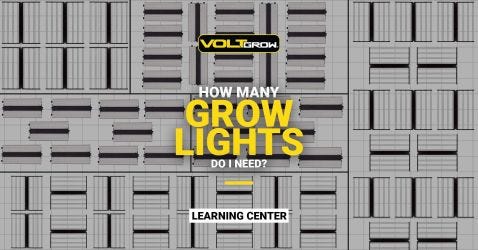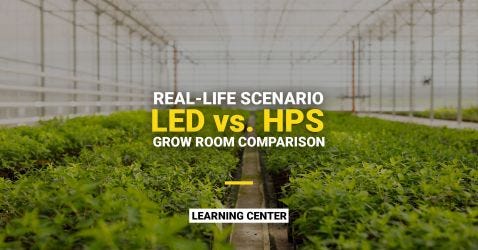
Light is the primary source of energy plants need for growth and has a large impact on how they develop. More specifically, Photosynthetically Active Radiation (PAR) is the light that plants use for photosynthesis – the process by which plants convert light into chemical energy for growth.
Before we go into further detail, there are a few terms that need to be broken down first:
• Photon: A photon is a bundle of electromagnetic energy and is the basic unit used to describe light or other forms of electromagnetic radiation (such as radio waves). The color of light produced by a photon is determined by its wavelength. A plant’s growth is dependent on the number of photons it can absorb. Although the physical form and chemical compounds a plant produces are influenced by the wavelength of the photons it absorbs.
• Mole: A mole (mol) is a unit used to describe a quantity of light; it gives us a way of describing light as finite, measurable quantities of photons. There are one million micromoles in a mole – because a single mol is a very large number, a quantity of light is often described using the micromole (µmol).
PAR: The Light Plants Use

PAR is not a unit, but a range of light energy that plants can use for various growth cycles and it is measured in nanometers (nm). Research has proven that photosynthesis occurs when plants interact with photons between wavelengths of 400 nm (deep violet) to 700 nm (far red). Light visible to humans ranges from 400 to about 600 nm. In the early days of indoor horticulture, cultivators believed that only red and blue light was needed as those are the wavelengths of light that plants use the most for photosynthesis. We have since discovered that full-spectrum light, similar to the light produced by the sun which these plants naturally grow under, results in larger and healthier plants with higher yields.
PAR can often be confused with Photosynthetic Photon Flux Density (PPFD) [defined below]. Understanding the difference between these terms and others is vital for designing the best possible environment for your plants. In order to understand how the light that plants use for photosynthesis is measured, we must understand how light is measured in general.
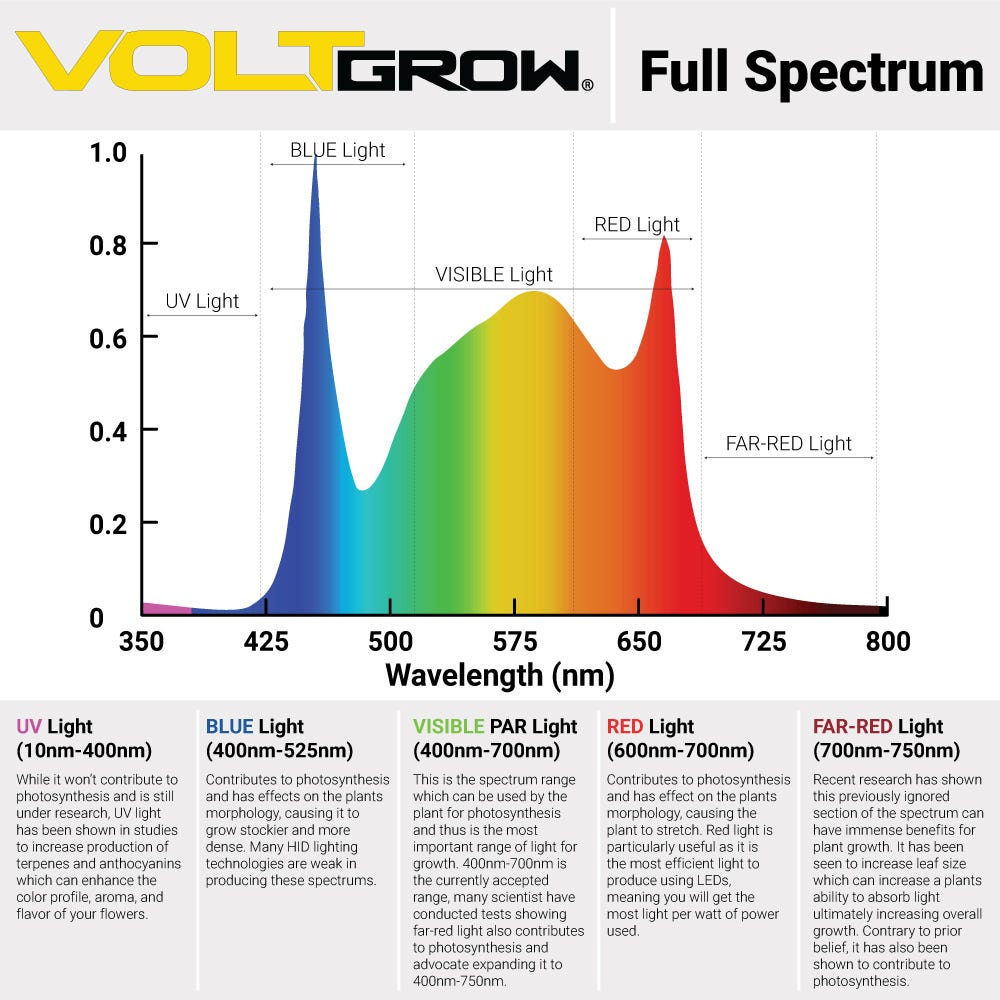

Photosynthetic Photon Flux (PPF)
PPF is the number of photons, measured in micromoles (µmol), within the PAR range (400-700nm) that a grow light produces per second. PPF only measures photons within the PAR range as they are the only photons that will contribute to photosynthesis in plants. PPF is not the amount of light your plants will actually absorb from the grow lights in your facility – it is the amount of light your fixtures can produce that is capable of being absorbed by the plant. This is because not all the photons produced by a grow light will end up hitting the plants. Some of these photons will be absorbed by the particles in the air between the light and the plant canopy. While a good amount will miss the plants entirely and be absorbed by walls, floors, etc (a.k.a. light spillage).
Although they are similar, it is important not to confuse lumens and PPF. Lumens measure the brightness of light as seen by humans; essentially based on human vision. Manufacturers are notorious for boasting lumen outputs that don’t actually indicate the number of photons that will actually be received by your plants.
This has led to the phrase “lumens are for humans” – be sure to review PPF specifications of fixtures rather than lumens, as PPF will indicate their effectiveness specifically for plant cultivation.
Photosynthetic Photon Flux Density (PPFD)
Photosynthetic Photon Flux Density (PPFD) is the amount of light (number of photons) within the PAR range that reaches a certain defined area of a plant canopy every second. So, PPFD measures the light your plants actually receive from the grow lights in your facility. Many important factors affect the amount of light your plants receive. Grow light arrangement, a grow light’s PPF, the distribution of the light produced, and how high you mount your grow lights all impact the PPFD measured in the field. PPFD measurements are made by mounting the fixture at specific heights and are provided by lighting manufacturers so growers know the number of photons that will hit each area under a grow light. PPFD is often represented using a PPFD chart which allows cultivators to see the exact areas underneath a grow light that have the highest concentrations of light.
Average PPFD is a great statistic to guide facility designs and compare when you buy LED grow lights. PPFD measurements taken at multiple points evenly spaced across the plant canopy are be averaged together to create a single number that represents the average amount of light hitting your canopy. Many cultivators have a target average PPFD for their crop and will adjust their lighting to ensure they are staying at or above that target. It is also useful for quickly evaluating a grow light’s real-world performance by showing how many of its photons hit a specific area at a fixed height.
Lumens vs PPF and PPFD
In summary, the light that is useful for photosynthesis is not necessarily bright – but it should be dense. The light given to plants should be measured in PPF and PPFD which describe the amount of light that is capable of being absorbed by a plant, rather than just the brightness. This provides a more accurate measurement of the amount of light available for photosynthesis, making it far more relevant to growing plants.
Photons are what actually interact with the cells within a plant and affect its growth. As PPFD increases, the number of photons hitting a plant below that light also increases. Which provides more light for the plant to use for photosynthesis, promoting more growth, and greater production of desired chemical compounds. As a quantifiable measurement, PPFD is a much better way to determine how much light plants are receiving than lumens. Next time you shop for a horticulture light, be sure to check out the PPFD specifications – and remember, bright light for humans is not necessarily a bright idea for plants.




